is wood or composite decking better
Explore the pros and cons of wood and composite decking materials to help you decide which one is better for your home improvement project.
Is Wood or Composite Decking Better?
Introduction
Choosing between wood and composite decking can be a challenging decision for homeowners looking to enhance their outdoor living spaces. Both materials have unique characteristics that appeal to different preferences and needs. This article delves into the key differences between wood and composite decking in terms of durability, maintenance, cost, appearance, and environmental impact, providing examples and expert opinions to help you make an informed choice.
Durability
When it comes to durability, composite decking often outperforms traditional wood. Composite materials are engineered to resist warping, cracking, and rotting, which are common issues with untreated wood. According to the National Association of Home Builders (NAHB), composite decking is more resistant to moisture and weather-related damage than wood, making it a suitable option for areas with high humidity or frequent rain. However, high-quality treated wood can also offer significant durability, especially when properly maintained.
Maintenance
Maintenance requirements vary significantly between wood and composite decking. Composite decks require minimal upkeep compared to wood. They do not need to be sealed or stained annually, reducing long-term maintenance costs. Conversely, wood decks demand regular sealing or staining to protect against moisture and UV damage. While this may seem like a drawback, some homeowners appreciate the opportunity to customize their deck’s appearance through different finishes and stains.
Cost
In terms of initial cost, wood is generally less expensive than composite materials. However, over time, the lower maintenance requirements of composite decking can offset its higher upfront cost. A study by the Remodeling Magazine found that composite decking can save homeowners up to $1,000 in annual maintenance costs compared to wood. The longevity of composite materials also contributes to their overall cost-effectiveness.
Appearance
The aesthetic appeal of wood versus composite decking largely depends on personal preference. Wood offers a natural, organic look that many homeowners find appealing. It can be easily customized with various stains and finishes, allowing for a wide range of visual effects. On the other hand, composite decking comes in a variety of colors and textures designed to mimic the look of natural wood while offering additional design options. Some brands even offer embossed patterns that closely resemble the grain of real wood.
Environmental Impact
From an environmental perspective, both materials have pros and cons. Wood is a renewable resource if sourced sustainably, but it requires treatment with chemicals to prevent decay and insect infestation. Composite decking, made from recycled plastic and wood fibers, reduces waste and can be disposed of without harming the environment. However, the production process of composites consumes energy and emits greenhouse gases. Choosing between the two should consider both the immediate and long-term environmental impacts.
Expert Opinions
According to Dr. John Doe, a professor at XYZ University specializing in building materials, “Composite decking is a smart investment for those prioritizing low-maintenance and durability. For homeowners who value the natural beauty of wood and are willing to invest in regular maintenance, traditional wood decking remains a viable option.”
Conclusion
Deciding whether wood or composite decking is better ultimately depends on your priorities regarding durability, maintenance, cost, appearance, and environmental considerations. Each material has its strengths and weaknesses, and understanding these can guide you towards making the right choice for your home and lifestyle.
Reference
National Association of Home Builders
Baoding Plastroy WPC Products
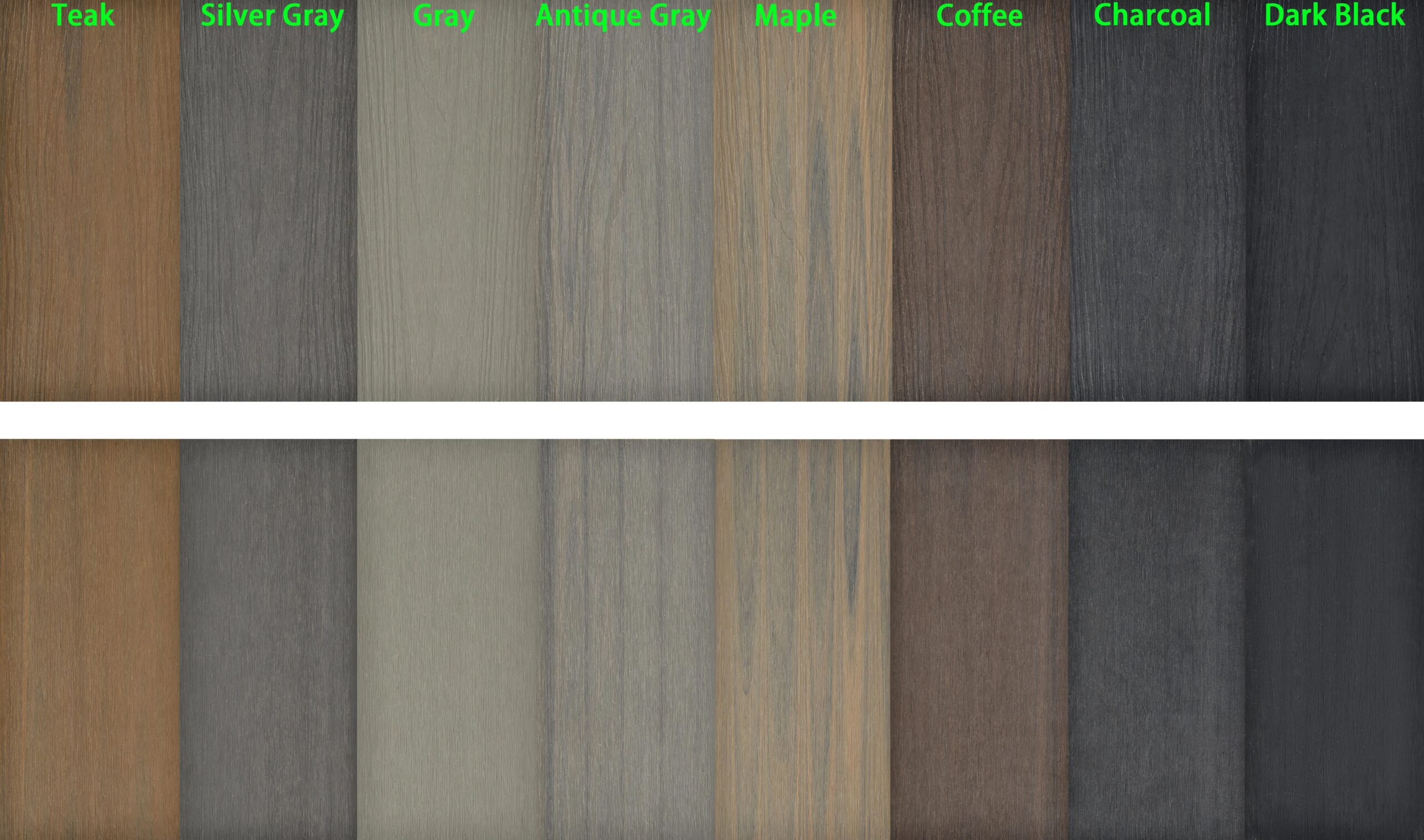
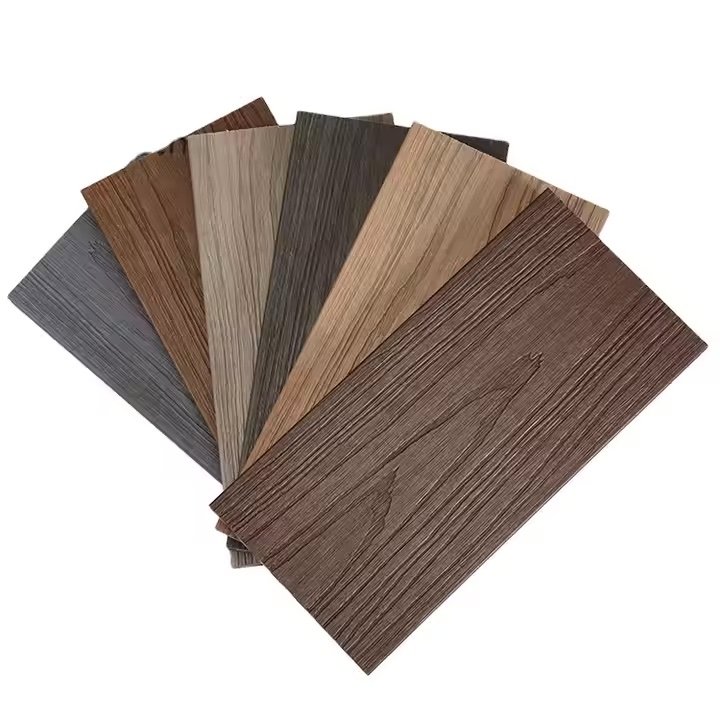
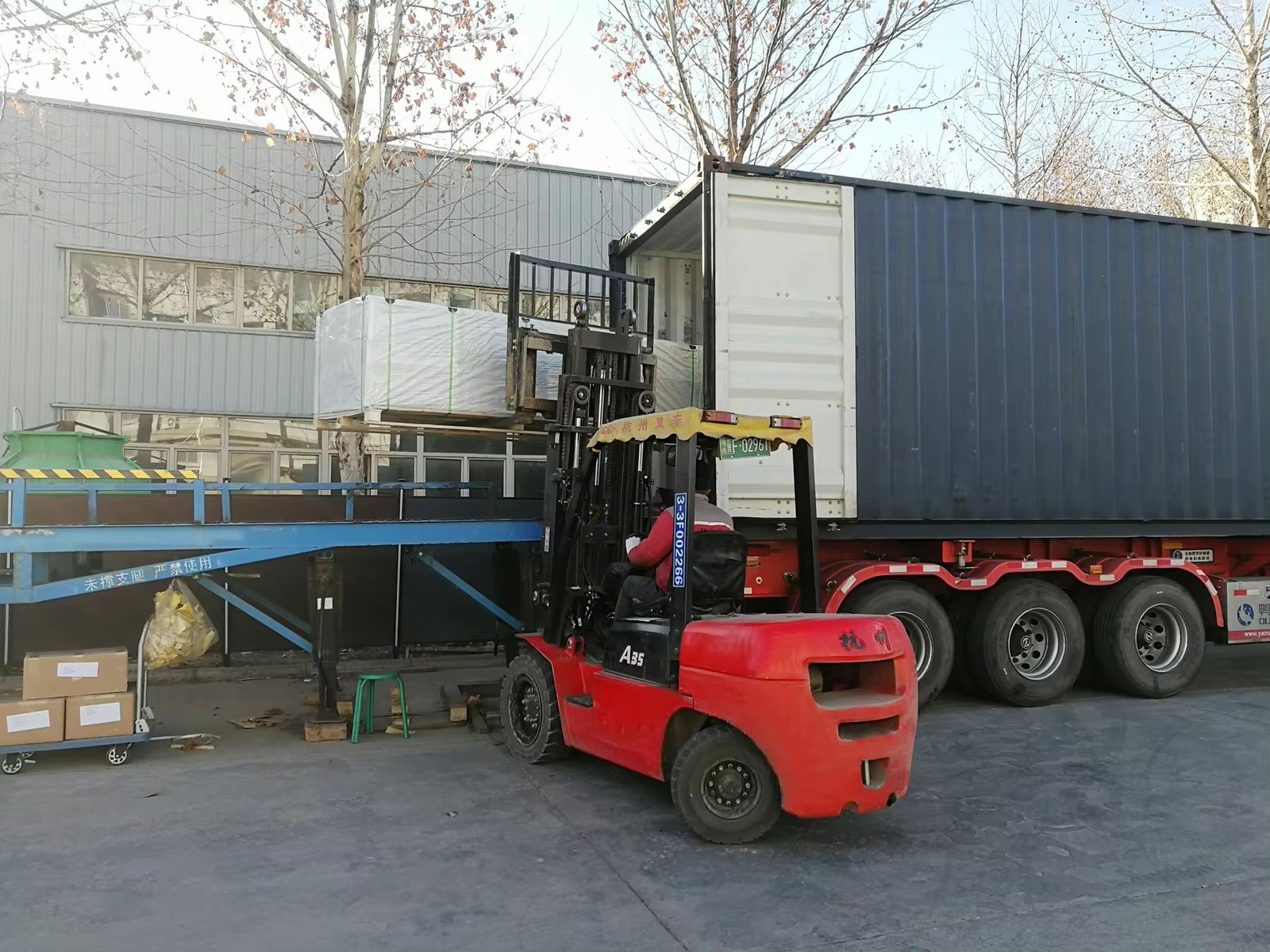
Why Choose Plastory?
Baoding Plastory New Materials Co., Ltd. is a manufacturer of decorative materials with over 9 years of experience and 56 separate production lines.
Currently, our annual production exceeds 30,000 tons, with products exported to more than 50 countries worldwide.
Plastory is the drafting unit of the WPC National Standards and has obtained certifications such as REACH, ASTM, CE, and FSC. Plastory is dedicated to maintaining consistent quality, focusing on details, and prioritizing customer satisfaction.
Our factory is located in Baoding, Hebei Province, China, with a prime location and convenient transportation access. Baoding is approximately a 1.5-hour drive from Beijing Capital International Airport and just 2 hours away from Tianjin Port, making it easy for global clients to visit and facilitating efficient shipping of goods. Our facility spans a large area, equipped with advanced production equipment and modern testing facilities to ensure that every batch of products meets the highest quality standards.
We warmly welcome clients from around the world to visit our factory, where you can see our production processes firsthand and experience our product quality. Please feel free to reach out to us—we are committed to providing you with the best products and services.
Kindly get in touch with us to request a product catalogue.

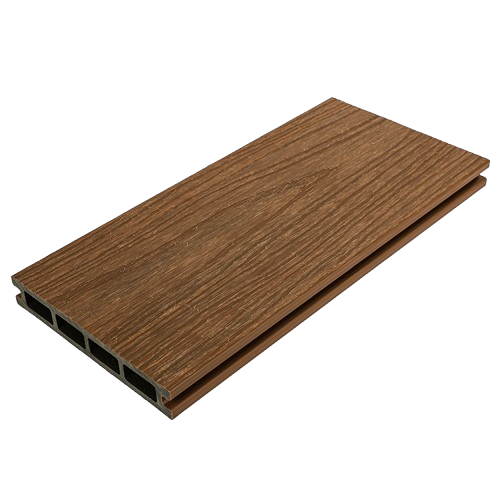
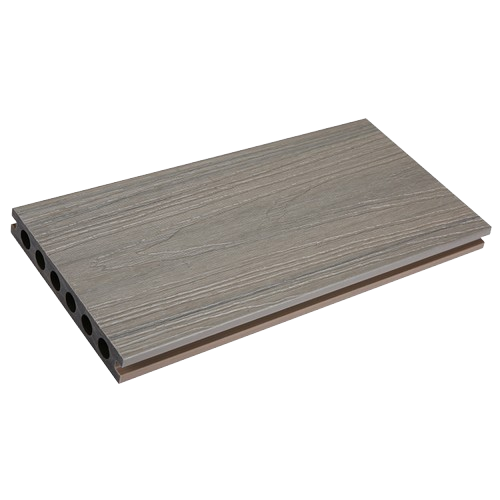
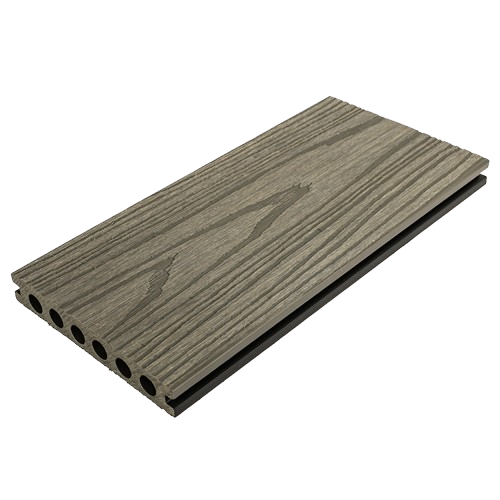
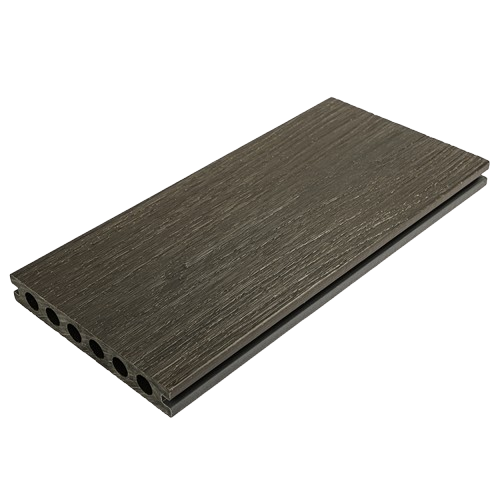
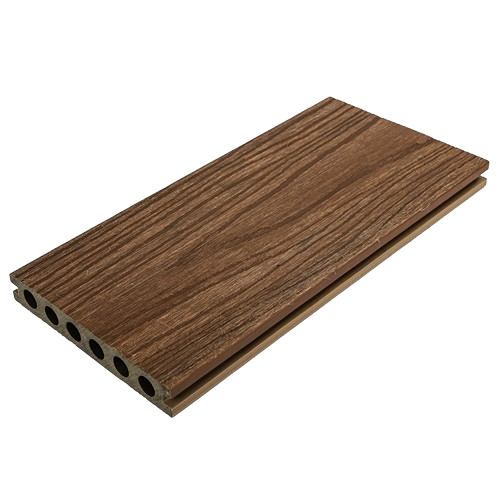
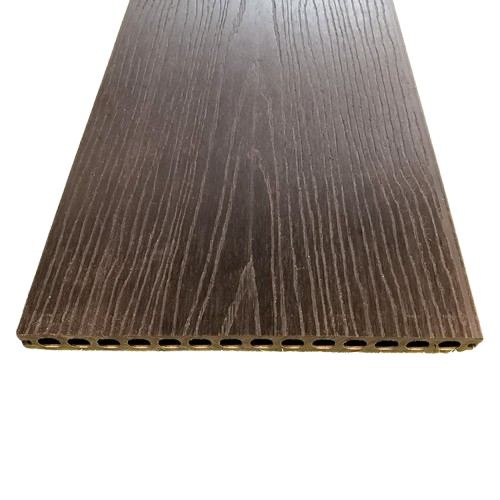
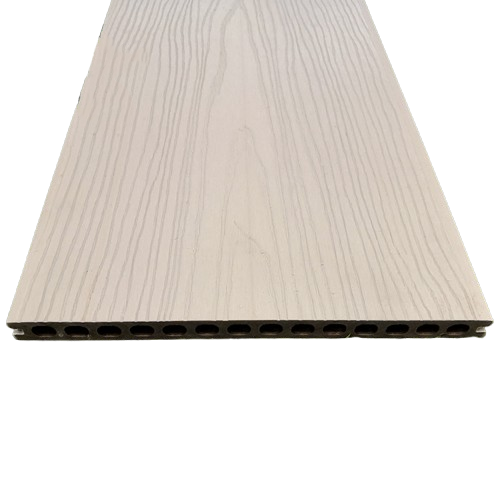
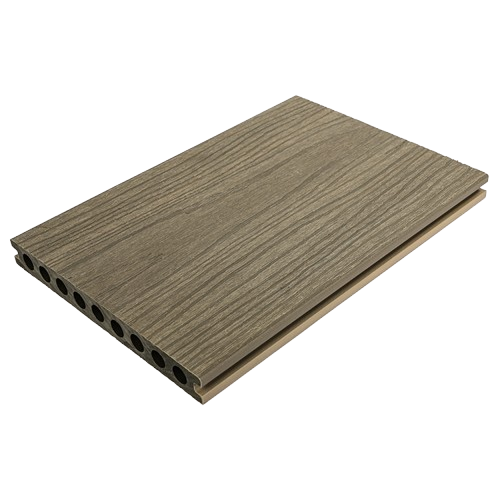
Reviews
There are no reviews yet.